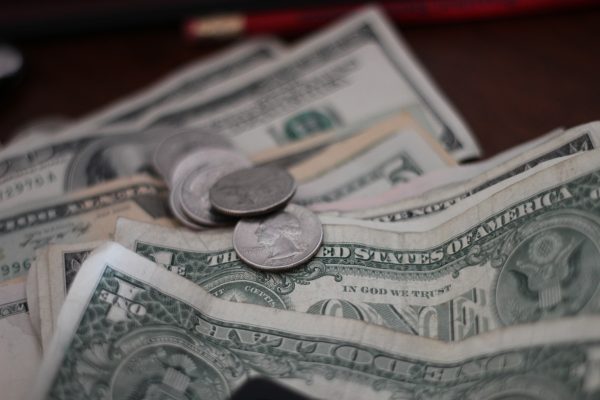
In an emergency situation, you want to have a number of supplies that you can fall back on to ensure your survival, health, and safety. This requires collecting and maintaining a decent amount of those supplies even though you may never need them. Altogether, these supplies – including food and water stockpiles, first aid supplies, and even the most basic survival kits, can add up.
Do Your Research
If you are starting from scratch, do some research on emergency preparedness. Look to websites such as The American Red Cross and CDC Emergency Preparedness for lists and ideas of what you need to build a survival “kit” and items to stockpile for emergencies. You can also search your local area for survivor training and tips.
Once you have ideas of certain items you need, research those too. Some items, like food and water, are pretty foolproof. However, other items such as shelter building supplies, weather clothing and gear, and first aid supplies, are not created equal. Knowing what to look for can save you money while also guaranteeing that you have the best products on hand.
Make a List
Before you go out and buy everything you need, make a detailed list of what items you need for your emergency preparedness or survival kit. Break the list up into sections based on their categories such as sustenance, shelter, first aid, and more.
Also have an idea of how much everything on that list costs as well. For home stockpiles, most experts recommend that you have a minimum of three days’ worth of supplies, but at least two weeks’ worth is preferred.
Build Up to It
Especially if you are starting from scratch, buying all of the items you need at once might not be very budget friendly. You might have to get one or two items at a time, and build up to the full amount of items needed.
Prioritize
To know what items to purchase first, prioritize the list you made based on items that are the most important and most useful. The top three items to prioritize are:
* Water: Having enough water stockpiled is one of the most important survival tips. Keep bottled water both in your car and your home. For your home stockpile, the best rule of thumb is to have one gallon of water per person per day.
* First aid: A good emergency first aid kit and basic first aid knowledge is another item to prioritize. The American Red Cross has a detailed list of items that should be in any first aid kit. You will need to add or make changes to that list based on your family size and specific medical needs.
* Food: The most likely disaster situation involves a severe weather event where you could be stuck in your home for days or more without electricity or water. Having a decent stockpile of non-perishable foods to keep you and your family nourished is very important.
Keep an Eye Out
As you are building up your emergency preparedness supplies, keep an eye out for good deals, coupons, and sales.
Maintenance
Some basic maintenance will help save you money and keep your survival supplies up to date. Keep your food and water stores rotating as they come near their expiration dates. That way things can be used rather than thrown out and stores kept fresh in case of emergency. Proper maintenance of any tools and other equipment will keep them from needing to be replaced, which will also save you money.
Emergency preparedness is a responsible and potentially life-saving life skill, but being ready for anything isn’t always cheap. You can ensure the safety of your family and your budget with these tips.

